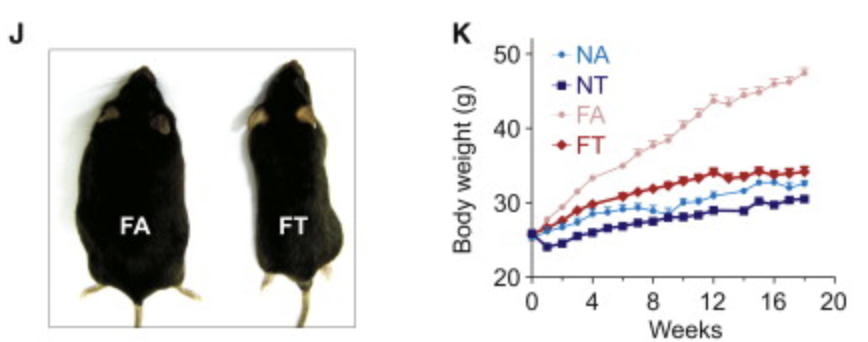Time-Restricted Eating
Obesity is a huge deal in US and many other developed countries. People are obsessed with the quality and quantity of food they eat, without monitoring their schedule of food intake. Lately, I’ve been hearing a lot about Time-Restricted Eating and Intermittent Fasting as it gains popularity around North America. Different “health guru” bring up the relationship between temporal eating and obesity. I don’t believe everything I hear, so I pulled up some scholar literature from the field, to see what the science says and share my findings with you.
“Time-restricted eating (TRE)” or “time-restricted feeding (TRF)” is the approach to eating which limits the time for food intake, typically 6-8 hours a day (24 hours). People who follow this protocol consume all their food for the day in an 8-hour window, such as from 8 a.m. to 4 p.m. The rest of your day (16 hours) is the fasting period, meaning no calories are consumed.
Circadian rhythms dictate our bodies not just when to sleep and wake up, but they also play a huge role in regulating hormones responsible for metabolism, including Ghrelin (hunger hormone) and Leptin (fat storage hormone). Energy metabolism in our bodies has evolved to be cyclical, meaning it speeds up at certain times during the day, and slows dow when we fall asleep. This particular study got my attention as it tested whether obesity and metabolic illnesses result from bad diet or disruption of metabolic cycles (circadian rhythms). The study was published in Cell Metabolism Journal in May 17, 2012.
Lab test was done on mice, where they were subjected to time-restricted eating (ate for 8 hours, fasted for 16) and free feeding, where they were fed the same amount calories evenly throughout the day. Both groups were on a bad diet (high-fat diet) for 6 weeks. Now let’s see what happened:

The lab test showed that TRE resulted in:
- Decreased predisposition to get fat (Adiposity and Leptin Resistance);
- Improved blood glucoselevels (Glucose Intolerance);
- Healthier Liver (Liver Pathology);
- Decreased inflammation (body’s response to injury);
- Improved motor coordination.

FA – free feeding FT – time-restricted feeding
Despite equal energy intake from the same bad diet, FT mice didn’t gain extra body weight. The study suggests that time-restricted eating reprograms the way our bodies metabolize energy received from food and improve body weight regulation.
In addition, TRE will help you to:
- Give you body and digestion some rest and stimulates cellular repair processes, by removing toxic materials from cells;
- Increase metabolism;
- Decrease such brain illnesses like Parkinson’s or Alzheimer’s;
TRE affects endurance sport athletes:
Mice eating an unhealthy diet on TRE showed greater sports performance than mice with the same diet and no time restrictions on eating.
Conclusion:
Simply by modifying our feeding schedules without changing the amount of food we eat, we can improve our overall health and protect ourselves from illnesses associated with excessive body fat. Each human is unique and it’s difficult to suggest what is the best schedule of TRE for you. Discover for yourself through trial and error. The healthiest approach to incorporating TRE is to have a breakfast later in the day and finish dinner earlier.
You don’t want to be that FAT RAT on the left!
References:
Hatori, M., Vollmers, C., Zarrinpar, A., DiTacchio, L., Bushong, E. A., Gill, S., Leblanc, M., Chaix, A., Joens, M., Fitzpatrick, J. A., Ellisman, M. H., … Panda, S. (2012). Time-restricted feeding without reducing caloric intake prevents metabolic diseases in mice fed a high-fat diet. Cell metabolism, 15(6), 848-60.